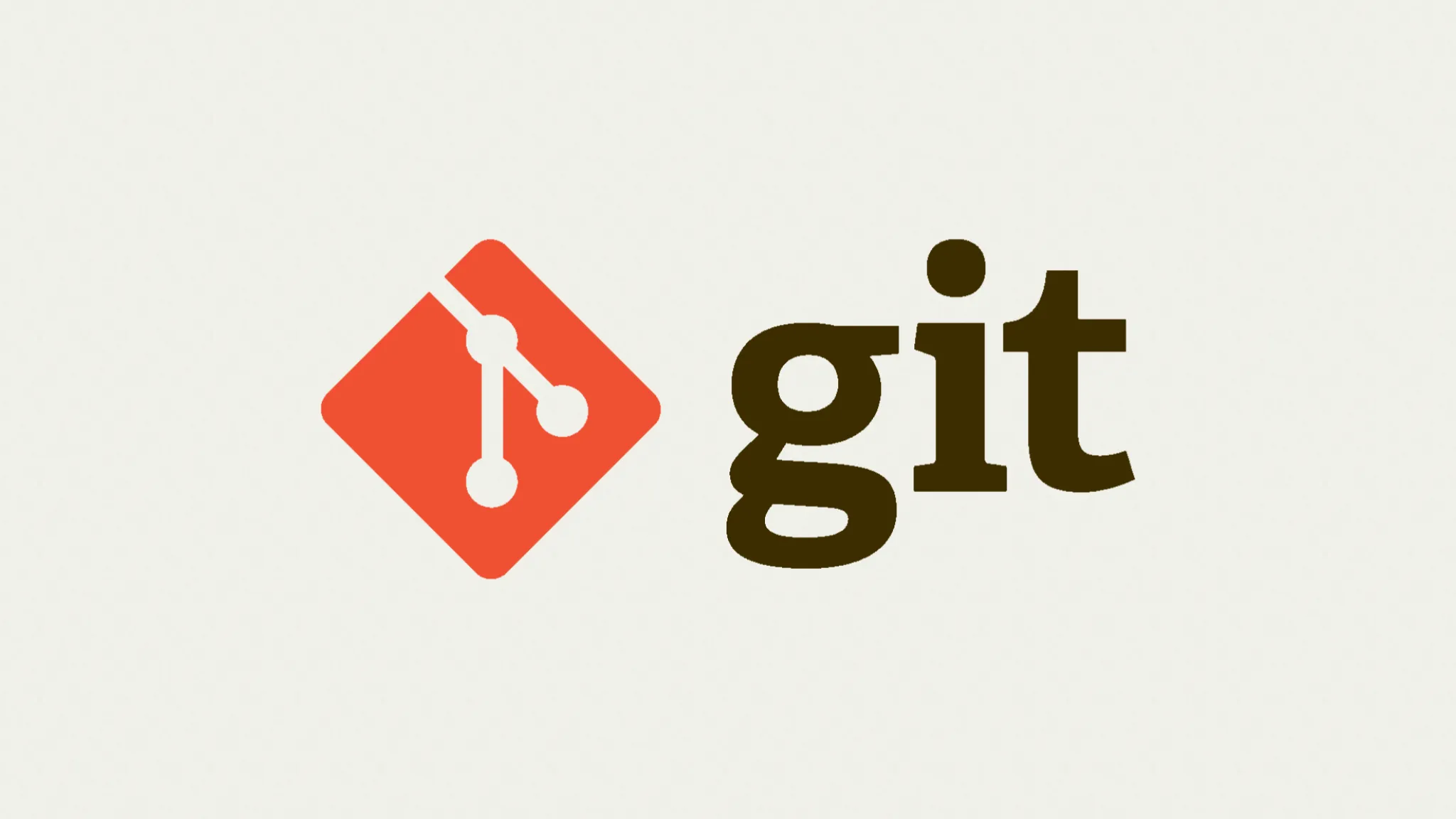
Git for beginners 
This course is designed to help beginners learn the basics of Git. We will start by signing up for GitHub, creating a repository, making a local copy, making local changes, and pushing changes to GitHub. We will also generate an SSH key and upload it to our GitHub account. We will cover all the foundational commands needed to start a new project managed by Git, including common file operations like moving and deleting files. We will also discuss how to exclude the wrong files from being committed and how to review your repository's history. ▼
ADVERTISEMENT
Course Feature
![]() Cost:
Cost:
Free
![]() Provider:
Provider:
Eduonix
![]() Certificate:
Certificate:
No Information
![]() Language:
Language:
English
![]() Start Date:
Start Date:
Self Paced
Course Overview
❗The content presented here is sourced directly from Eduonix platform. For comprehensive course details, including enrollment information, simply click on the 'Go to class' link on our website.
Updated in [May 25th, 2023]
Git for Beginners is a great course for those who are new to version control and want to learn the basics of Git. It provides a quick and easy introduction to the fundamentals of Git, including setting up a GitHub account, creating a repository, making local changes, pushing changes to GitHub, generating an SSH key, and more. The course also covers basic commands such as adding, committing, and moving files, as well as how to exclude files from being committed and review the repository's history. With this course, learners will gain the knowledge and skills needed to start using Git for their own projects.
[Applications]
The application of this course is to help users understand the basics of Git and how to use it to manage their projects. After completing this course, users should be able to create a repository on GitHub, clone it to their local machine, make changes, commit them, and push them back to GitHub. Additionally, users should be able to generate an SSH key and upload it to their GitHub account. Finally, users should be able to use basic Git commands to manage their projects, such as adding, committing, and deleting files.
[Career Paths]
1. Software Developer: Software developers are responsible for designing, developing, and testing software applications. They use programming languages such as Java, C++, and Python to create software applications. Software developers must be able to work with a variety of technologies and have strong problem-solving skills. The demand for software developers is expected to grow significantly in the coming years due to the increasing use of technology in all aspects of life.
2. DevOps Engineer: DevOps engineers are responsible for managing the development and operations of software applications. They use automation tools such as Jenkins and Ansible to deploy and manage applications. DevOps engineers must have strong technical skills and be able to work with a variety of technologies. The demand for DevOps engineers is expected to grow significantly in the coming years due to the increasing need for automation and faster deployment of applications.
3. Data Scientist: Data scientists are responsible for analyzing large amounts of data and extracting insights from it. They use programming languages such as Python and R to analyze data and create predictive models. Data scientists must have strong analytical and problem-solving skills. The demand for data scientists is expected to grow significantly in the coming years due to the increasing need for data-driven decision making.
4. Cloud Engineer: Cloud engineers are responsible for managing cloud-based applications and services. They use cloud platforms such as AWS and Azure to deploy and manage applications. Cloud engineers must have strong technical skills and be able to work with a variety of technologies. The demand for cloud engineers is expected to grow significantly in the coming years due to the increasing need for cloud-based applications and services.
[Education Paths]
1. Bachelor of Science in Computer Science: This degree path focuses on the fundamentals of computer science, such as programming, software engineering, and computer architecture. It also covers topics such as artificial intelligence, data structures, and algorithms. This degree path is becoming increasingly popular as technology continues to evolve and become more complex.
2. Master of Science in Software Engineering: This degree path focuses on the development of software applications and systems. It covers topics such as software design, software development, software testing, and software maintenance. This degree path is becoming increasingly popular as software engineering is becoming an essential part of many businesses.
3. Bachelor of Science in Information Technology: This degree path focuses on the use of technology to solve business problems. It covers topics such as database management, network security, and web development. This degree path is becoming increasingly popular as businesses are relying more and more on technology to run their operations.
4. Master of Science in Data Science: This degree path focuses on the analysis of large datasets to uncover patterns and insights. It covers topics such as machine learning, data mining, and data visualization. This degree path is becoming increasingly popular as businesses are relying more and more on data to make decisions.
Pros & Cons

Good explanations and concepts

Easy and simple teaching techniques

Beginner friendly

Great

Best course

Not suitable for advanced learners

Limited topics covered

Not enough practice exercises

No follow up support

No certification
Course Provider

Provider Eduonix's Stats at AZClass
Discussion and Reviews
0.0 (Based on 0 reviews)
Explore Similar Online Courses

Vegan Cooking: Behind The Scenes of Alkaline Diet and Food

Digital Photoshop Compositing For Advertising Campaigns

Python for Informatics: Exploring Information

Social Network Analysis

Introduction to Systematic Review and Meta-Analysis

The Analytics Edge

DCO042 - Python For Informatics

Causal Diagrams: Draw Your Assumptions Before Your Conclusions

Whole genome sequencing of bacterial genomes - tools and applications

Intro to Git

A Gentle Introduction to Git - by SuperSimpleDev

Git & GitHub Crash Course: Create a Repository From Scratch!
 Related Categories
Related Categories
 Popular Providers
Popular Providers
Quiz
 Submitted Sucessfully
Submitted Sucessfully
1. What is the first step to start a new project managed by Git?
2. What is the command to review your repository's history?
3. What is the command to delete files?
4. What is the command to clone a repository from GitHub?
Correct Answer: git clone


Start your review of Git for beginners